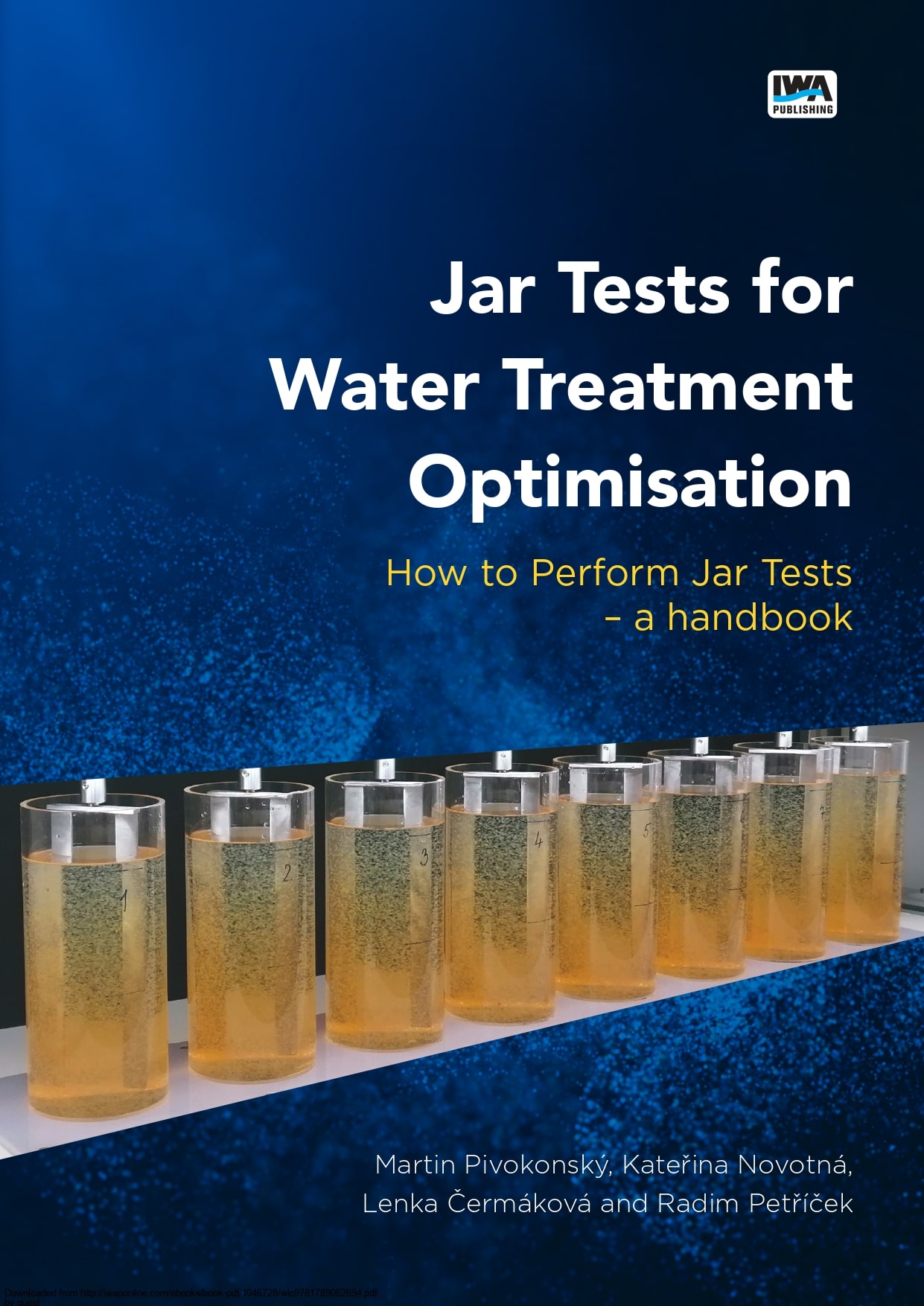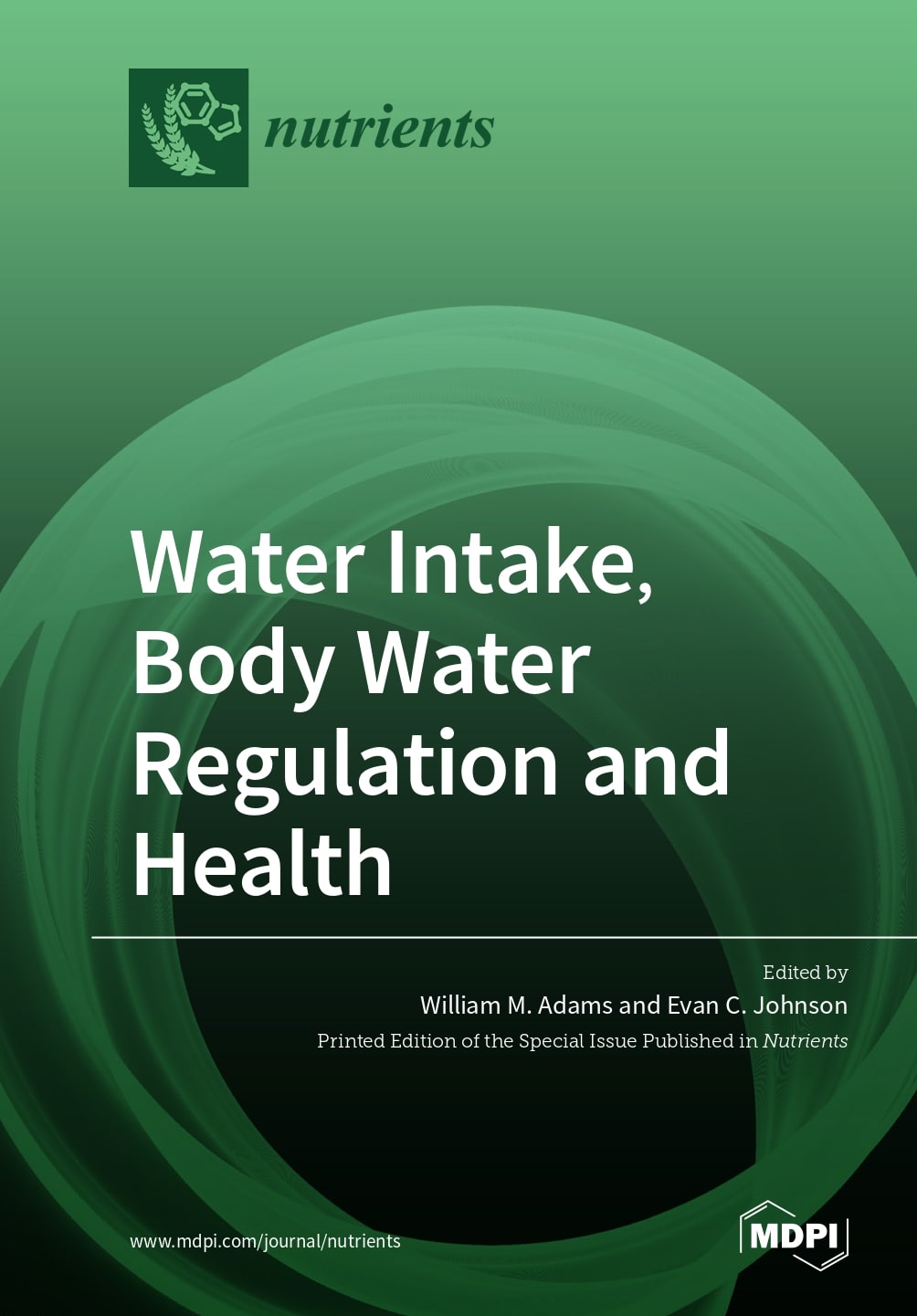Manual of the Human Rights to Safe Drinking Water and Sanitation for Practitioners
The adoption in 2010 of United Nations (UN) resolutions 1 recognising the Human Right to Safe Drinking Water and Sanitation has opened new perspectives for the achievement of universal access to water and sanitation services. It has also created new opportunities and challenges for water and sanitation practitioners around the globe. Both the United Nations General Assembly (in July 2010) and the United Nations Human Rights Council (in September 2010) acknowledged that access to safe drinking water and sanitation is a right implied by the established human right to an adequate standard of living. And, that it is linked intrinsically to the rights to adequate housing, to the highest attainable standard of health and to life.
Manual of the Human Rights to Safe Drinking Water and Sanitation for Practitioners
The adoption in 2010 of United Nations (UN) resolutions 1 recognising the Human Right to Safe Drinking Water and Sanitation has opened new perspectives for the achievement of universal access to water and sanitation services. It has also created new opportunities and challenges for water and sanitation practitioners around the globe. Both the United Nations General Assembly (in July 2010) and the United Nations Human Rights Council (in September 2010) acknowledged that access to safe drinking water and sanitation is a right implied by the established human right to an adequate standard of living. And, that it is linked intrinsically to the rights to adequate housing, to the highest attainable standard of health and to life.
Jar Tests for Water Treatment Optimisation
This publication is designed to be used as a handbook providing instructions for the proper method of conducting jar tests, which are needed for the investigation and optimisation of the coagulation–flocculation process, a key step of drinking water treatment. Coagulation–flocculation has great potential to remove a wide range of undesirable impurities if operated accurately. However, optimisation of this process might appear difficult since it depends on many factors, including the nature of the target impurities and the overall composition of raw water. To determine the most suitable operational parameters of coagulation–flocculation that result in the best possible treated water quality, jar tests are a necessary nuisance.
The handbook is therefore intended for everyone who is interested in conducting the jar tests in a way that will provide the best possible results that will be comparable among practitioners. The audience may therefore include employees of drinking water treatment plants as well as students and starting researchers.
Jar Tests for Water Treatment Optimisation
This publication is designed to be used as a handbook providing instructions for the proper method of conducting jar tests, which are needed for the investigation and optimisation of the coagulation–flocculation process, a key step of drinking water treatment. Coagulation–flocculation has great potential to remove a wide range of undesirable impurities if operated accurately. However, optimisation of this process might appear difficult since it depends on many factors, including the nature of the target impurities and the overall composition of raw water. To determine the most suitable operational parameters of coagulation–flocculation that result in the best possible treated water quality, jar tests are a necessary nuisance.
The handbook is therefore intended for everyone who is interested in conducting the jar tests in a way that will provide the best possible results that will be comparable among practitioners. The audience may therefore include employees of drinking water treatment plants as well as students and starting researchers.
Kurita’s Innovative Biofouling Control Agent
Biofouling: Pre-treatment before but in the membrane is more difficult especially when producing drinking water.
Kurita’s Innovative Biofouling Control Agent
Biofouling: Pre-treatment before but in the membrane is more difficult especially when producing drinking water.
Ballasted Flocculation High-Rate Sedimentation
Small footprint, Rapid start-up, Stable treatment process, Treat a variety of water qualities and flow rates Exceptional removal rates (<2 NTU in the effluent).
Ballasted Flocculation High-Rate Sedimentation
Small footprint, Rapid start-up, Stable treatment process, Treat a variety of water qualities and flow rates Exceptional removal rates (<2 NTU in the effluent).
Assessment of Abqaiq Plant Water Treatment Program
Assessed the Water Treatment program • Identified the Required Tests to be Conducted on Collected Samples. • Evaluated the SALD capability to conduct the required test • Reviewed all the chemical ranges/ limits • Ensured all the chemicals ranges are consistent for all the reperting methods (OIMs,NALCO, Operation Log sheet).
Assessment of Abqaiq Plant Water Treatment Program
Assessed the Water Treatment program • Identified the Required Tests to be Conducted on Collected Samples. • Evaluated the SALD capability to conduct the required test • Reviewed all the chemical ranges/ limits • Ensured all the chemicals ranges are consistent for all the reperting methods (OIMs,NALCO, Operation Log sheet).










